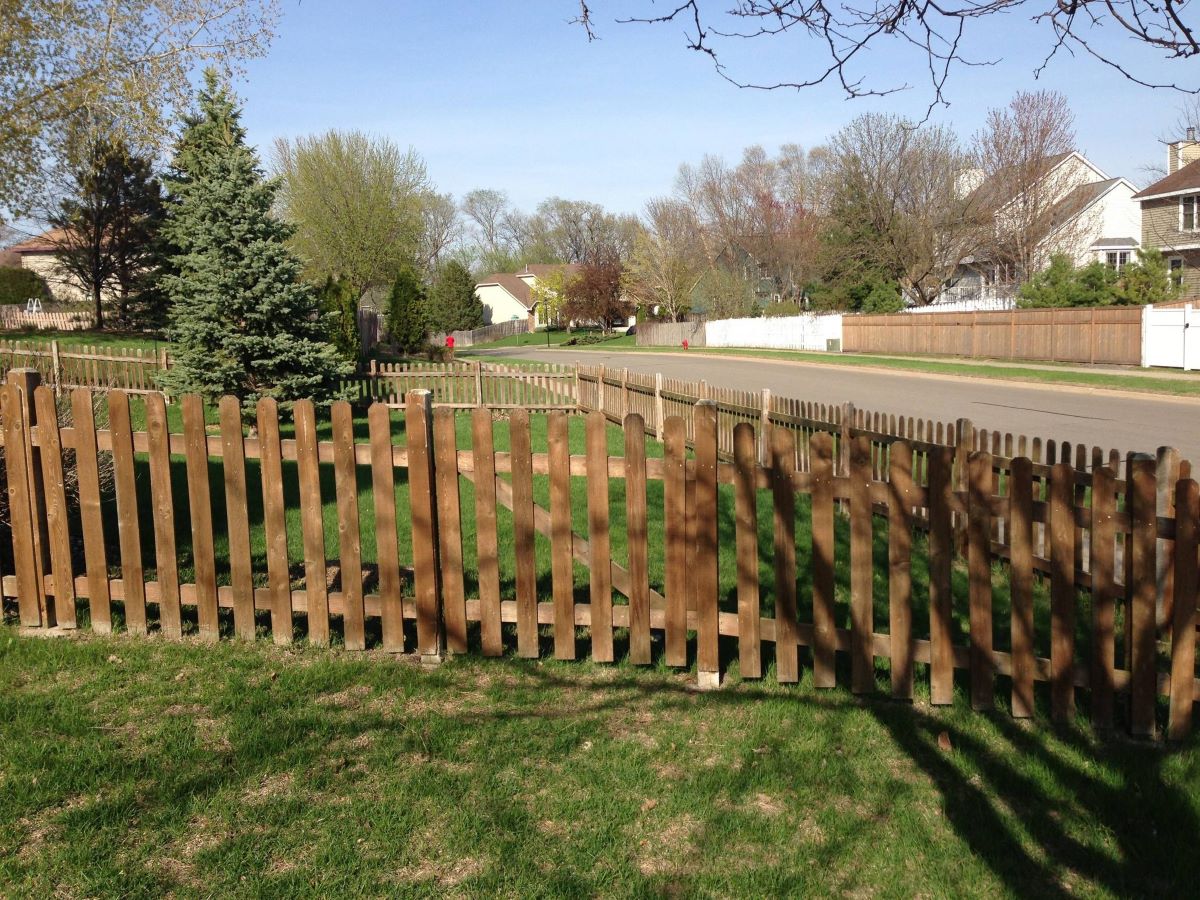

Articles
How To Estimate A Fence Job
Modified: January 24, 2024
Learn how to estimate a fence job with our informative articles. Get expert tips and advice to ensure a successful project from start to finish.
(Many of the links in this article redirect to a specific reviewed product. Your purchase of these products through affiliate links helps to generate commission for Storables.com, at no extra cost. Learn more)
Introduction
Welcome to this comprehensive guide on estimating a fence job. Whether you’re a homeowner looking to install a new fence or a contractor seeking accurate estimates for your clients, this article will provide you with the essential steps to estimate the cost and materials required for a successful fence installation. Estimating a fence job can be a complex task involving various factors, such as the type of fence, materials needed, labor costs, and other expenses.
By following the steps outlined in this guide, you will be well-equipped to create accurate estimates and ensure a smooth and hassle-free fence installation process.
So, let’s dive in and explore the steps involved in estimating a fence job, from assessing the project to creating the final estimate.
Key Takeaways:
- Accurate estimation of a fence job involves assessing the project, measuring the area, choosing the right fence type, estimating materials, calculating labor costs, factoring in additional expenses, and creating a comprehensive estimate.
- Thoroughly considering site conditions, client preferences, and local regulations is crucial for creating accurate estimates, ensuring a smooth and hassle-free fence installation process.
Read more: How To Estimate Remodelling Job
Step 1: Assessing the Project
The first step in estimating a fence job is to assess the project thoroughly. This involves evaluating the specific requirements of the site and understanding the client’s needs. Here are some key points to consider:
- Site Conditions: Take a close look at the area where the fence will be installed. Assess the terrain, ground condition, slope, and any potential obstacles such as trees, rocks, or existing structures. These factors can impact the complexity of the installation and may require additional materials or labor.
- Purpose of the Fence: Determine the purpose of the fence. Is it for privacy, security, aesthetic enhancement, or defining property boundaries? Understanding the client’s needs will help you choose the appropriate fence type and materials.
- Local Regulations: Research and familiarize yourself with any local regulations or building codes related to fence installation. Check for any height restrictions, setback requirements, or permits that may be needed. Complying with these regulations will ensure a smooth and legal installation process.
- Client Preferences: Consult with the client to understand their preferences regarding fence style, materials, and color. This will help you narrow down the options and provide a more accurate estimate.
Assessing the project thoroughly will give you a clear understanding of the scope of work, potential challenges, and specific requirements. This information will guide your decision-making process in the following steps, ensuring that your estimate is tailored to the project’s unique needs.
Step 2: Measuring the Area
Accurate measurements are crucial for estimating the materials required for a fence installation. In this step, you will need to measure the area where the fence will be installed. Here are a few guidelines to follow:
- Start by mapping out the boundaries of the fence. Use a measuring tape or a laser measuring device to measure the length of each side of the area. Take note of any irregularities or corners that may require special attention.
- Measure the height of the fence. The height will depend on the purpose of the fence, local regulations, and the client’s preferences. Measure from the ground up to the desired height of the fence to ensure proper estimation.
- Calculate the linear footage. Add up the lengths of all the sides to determine the total linear footage. For example, if one side measures 50 feet, another measures 40 feet, and so on, the total linear footage would be 130 feet.
- Consider any gates or openings. If the fence includes gates or openings, measure their width and height separately. These measurements will help estimate the materials needed for constructing the gates.
- Take note of any additional features. If the fence will have posts, railings, or decorative elements, measure their height and length as well. These measurements will be crucial for accurate material estimation.
Once you have gathered all the measurements, double-check them to ensure accuracy. It’s always a good idea to measure the area multiple times to avoid any mistakes that could affect the final estimate. Accurate measurements will help you determine the right quantity of materials needed and avoid any unnecessary expenses.
Step 3: Choosing the Fence Type
Choosing the right fence type is an important decision that will impact both the functionality and aesthetics of the installation. In this step, you will need to consider various factors to determine the most suitable fence type for the project. Here are some key considerations:
- Privacy: If privacy is a priority, consider options such as solid panel fences, vinyl fences, or wooden fences with minimal gaps between the boards.
- Security: For enhanced security, choose fences with sturdy materials like wrought iron, chain link, or aluminum with spear-shaped pickets.
- Aesthetics: The fence should complement the overall design and style of the property. Consider options such as picket fences, ornamental fences, or wooden fences with decorative elements.
- Maintenance: Different fence materials have varying maintenance requirements. For low maintenance options, consider vinyl or composite fences. Wooden fences may require regular staining or painting.
- Budget: The budget for the project will play a role in determining the fence type. Some materials, like wrought iron or stone, may be more expensive compared to wooden or chain link options.
- Local regulations: Ensure that the chosen fence type complies with any local regulations or HOA guidelines regarding materials, height restrictions, or design elements.
By considering these factors and discussing the options with the client, you can narrow down the choices and select the fence type that best meets their needs within the given parameters. Keep in mind that different fence types will require varying amounts of materials, affecting the overall cost estimation.
Step 4: Estimating Materials
Once you have assessed the project, measured the area, and chosen the fence type, it’s time to estimate the materials required for the installation. The materials needed will vary depending on the fence type and design. Here are some common materials to consider:
- Fence panels or boards: For panel fences, calculate the number of panels needed based on the linear footage of the area. If using boards, consider the length and width of each board and estimate the quantity accordingly.
- Posts: Determine the number of posts required based on the linear footage of the fence. Typically, posts are spaced 6 to 8 feet apart, but this may vary depending on the fence type and local regulations.
- Fasteners: Depending on the fence type, you may need screws, nails, brackets, or other fasteners to secure the materials in place. Estimate the quantity based on the number of panels, boards, and posts.
- Gates: If the fence includes gates, calculate the materials needed for their construction. This includes gate frames, hinges, latches, and any additional hardware.
- Concrete or gravel: Depending on the fence type, you may need concrete or gravel to secure the posts in the ground. Estimate the quantity based on the number of posts and the depth required for stability.
- Additional materials: Consider any additional materials needed for specific fence types, such as rails, caps, decorative elements, or trim pieces.
When estimating materials, it’s always a good idea to add a little extra to account for unforeseen circumstances, mistakes, or future repairs. This will ensure that you have enough materials to complete the installation successfully.
When estimating a fence job, be sure to accurately measure the length of the fence line and consider the type of materials and labor costs involved. Don’t forget to account for any additional features or obstacles that may affect the overall cost.
Step 5: Calculating Labor Costs
Calculating labor costs is essential to provide an accurate estimate for a fence job. Labor costs will depend on the complexity of the project, the experience of the laborers, and the local market rates. Here are some factors to consider when calculating labor costs:
- Installation Time: Assess the estimated time it will take to complete the fence installation. This will depend on factors such as the size of the project, the type of fence, and the terrain conditions. Consider the number of laborers needed and the hours they will work each day.
- Experience Level: The skill and expertise of the laborers will influence the labor costs. Experienced contractors or installers may charge higher rates, but their work may be more efficient and of higher quality.
- Hourly Rate: Determine the hourly rate for the laborers involved in the project. Research local market rates and consider any additional expenses such as insurance or overhead costs.
- Specialized Tasks: If the project requires specialized tasks such as digging holes, concrete mixing, or gate installation, factor in the additional labor costs for these specific tasks.
- Cleanup and Disposal: Consider the time and effort required for cleanup and disposal of any construction debris or waste materials. These tasks should be accounted for in the labor cost estimation.
Once you have assessed these factors, calculate the total labor hours and multiply them by the hourly rate to determine the labor cost. It’s important to keep in mind that labor costs may vary depending on the location and the specific requirements of the project.
Adding accurate labor costs to the estimate will provide your clients with a clear understanding of the overall project cost and help you maintain profitability in your fence job.
Step 6: Factoring in Additional Expenses
When estimating a fence job, it’s important to consider additional expenses that may arise throughout the project. These expenses can vary depending on the specific requirements and circumstances. Here are some common additional expenses to factor in:
- Permits and fees: Check if any permits are required for fence installations in your area. Factor in the cost of obtaining permits and any associated fees.
- Site Preparation: If the area requires clearing, leveling, or excavation before the fence installation, account for the cost of site preparation and any equipment or labor needed.
- Utilities and markings: Be aware of any utility lines or underground services that may need to be marked or relocated before fence installation. Contact utility companies and factor in any fees or expenses related to this process.
- Transportation and delivery: If the materials need to be transported to the site, factor in the cost of transportation and any delivery fees. Additionally, consider any special equipment required for delivery or moving materials on-site.
- Rentals and tools: Assess if any specific tools or equipment are needed for the fence installation. Calculate the cost of renting or purchasing these tools if necessary.
- Waste disposal: Estimate the cost of waste disposal for any excess materials, debris, or old fences that need to be removed from the site.
- Contingency: It’s always prudent to allocate a contingency amount, typically around 10% to 20% of the total estimate, to account for unexpected expenses or changes in the project scope.
By considering these additional expenses and including them in your estimate, you can ensure that you have accounted for all the potential costs associated with the fence installation. This will help you avoid any financial surprises and provide your clients with a more accurate estimate.
Step 7: Creating the Estimate
Now that you have gathered all the necessary information, it’s time to create a comprehensive estimate for the fence job. By accurately calculating the costs and materials required, you can provide your clients with a clear and transparent estimate that sets realistic expectations. Here’s how to create the estimate:
- Summarize the Project: Start by providing an overview of the project, including the type of fence, the linear footage, and any special features or considerations.
- Break Down the Costs: Divide the estimate into cost categories, such as materials, labor, permits, and additional expenses. Clearly outline the estimated costs for each category.
- Itemize the Materials: Detail the materials needed for the project, including the quantity of fence panels or boards, posts, gates, fasteners, and any other specific materials required. Mention the material costs per unit and the total cost for each item.
- Calculate the Labor Costs: Specify the labor costs, including the estimated labor hours, hourly rate, and the total labor cost for the project. Provide a breakdown of the labor tasks involved.
- Include Additional Expenses: Itemize and describe any additional expenses, such as permits, site preparation, transportation, and waste disposal. List the estimated costs for each additional expense.
- Add Contingency: Include a contingency amount to account for unexpected expenses or scope changes. Clearly mention the percentage or dollar amount allocated for contingency.
- Total the Estimate: Sum up all the costs, including materials, labor, and additional expenses, to provide a total estimated cost for the fence job. Present this total prominently in the estimate.
- Terms and Conditions: Include any necessary terms, conditions, or disclaimers related to the estimate. Clearly state any validity period or expiration date for the estimate.
Ensure that the estimate is clear, easy to understand, and organized. Provide a breakdown of costs, materials, and labor, giving your clients a comprehensive overview of the project’s financial aspects. Remember to communicate any limitations, assumptions, or exclusions in the estimate to avoid any misunderstandings later on.
Creating a well-documented estimate will instill confidence in your clients, showcase your professionalism, and set the foundation for a successful fence installation project.
Conclusion
Estimating a fence job requires careful planning, meticulous calculations, and attention to detail. By following the steps outlined in this guide, you can ensure that your estimates are accurate, comprehensive, and aligned with the specific needs of each project. Here’s a quick recap of the steps:
- Assess the Project: Evaluate the site conditions, client preferences, and local regulations to understand the project’s scope.
- Measure the Area: Take precise measurements of the fence area, including the length, height, and any special features.
- Choose the Fence Type: Consider the purpose, aesthetics, maintenance, and budget implications when selecting the appropriate fence type.
- Estimate Materials: Calculate the quantity of fence panels, posts, gates, fasteners, and additional materials needed for the installation.
- Calculate Labor Costs: Determine the labor hours, hourly rates, and any specialized tasks involved in the project.
- Factor in Additional Expenses: Consider permits, site preparation, utilities, transportation, and contingency amounts for unexpected costs.
- Create the Estimate: Summarize the project, break down costs, itemize materials, outline labor tasks, include additional expenses, and provide a total estimated cost.
By meticulously considering each of these steps, you can provide your clients with accurate estimates that reflect the scope and requirements of the fence job. Remember to communicate clearly with your clients, address any questions or concerns they may have, and update the estimate as needed throughout the project.
Estimating a fence job is a key part of ensuring a successful and profitable project. With the knowledge and understanding gained from this guide, you can approach each fence job confidently and provide your clients with reliable estimates for their unique needs. Happy estimating and best of luck with your fence installation projects!
Frequently Asked Questions about How To Estimate A Fence Job
Was this page helpful?
At Storables.com, we guarantee accurate and reliable information. Our content, validated by Expert Board Contributors, is crafted following stringent Editorial Policies. We're committed to providing you with well-researched, expert-backed insights for all your informational needs.

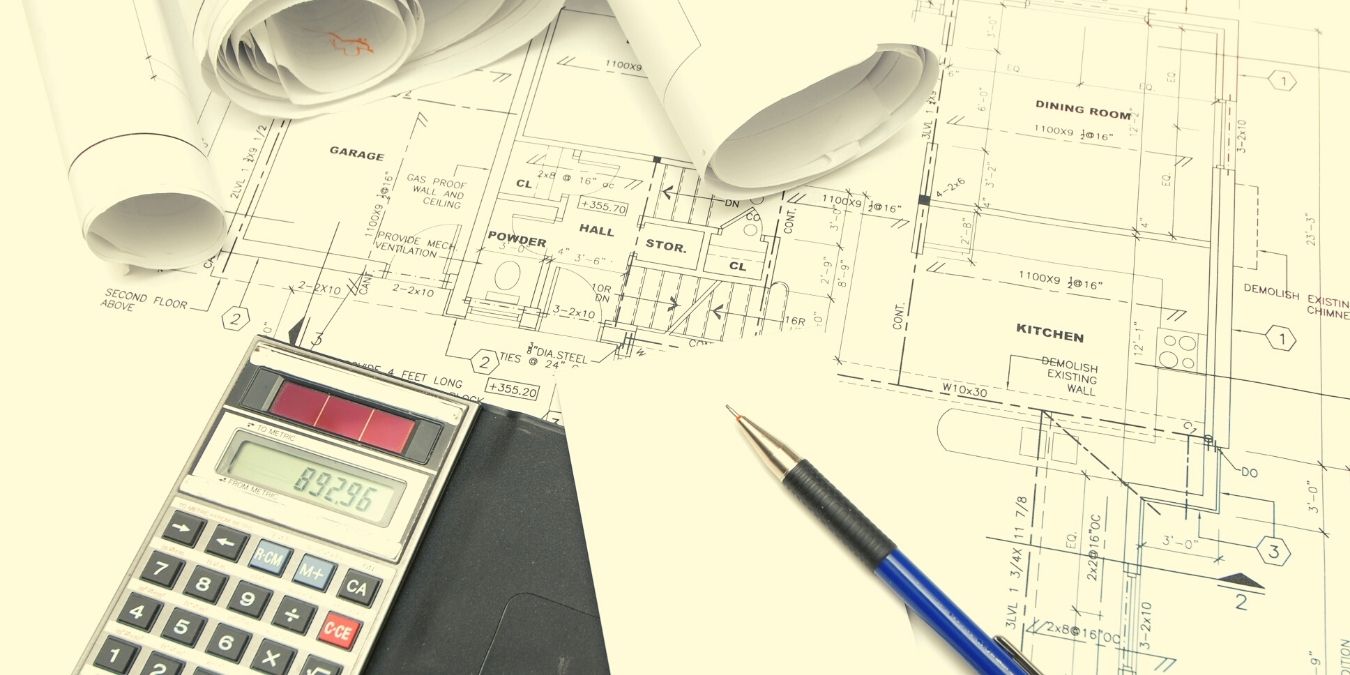





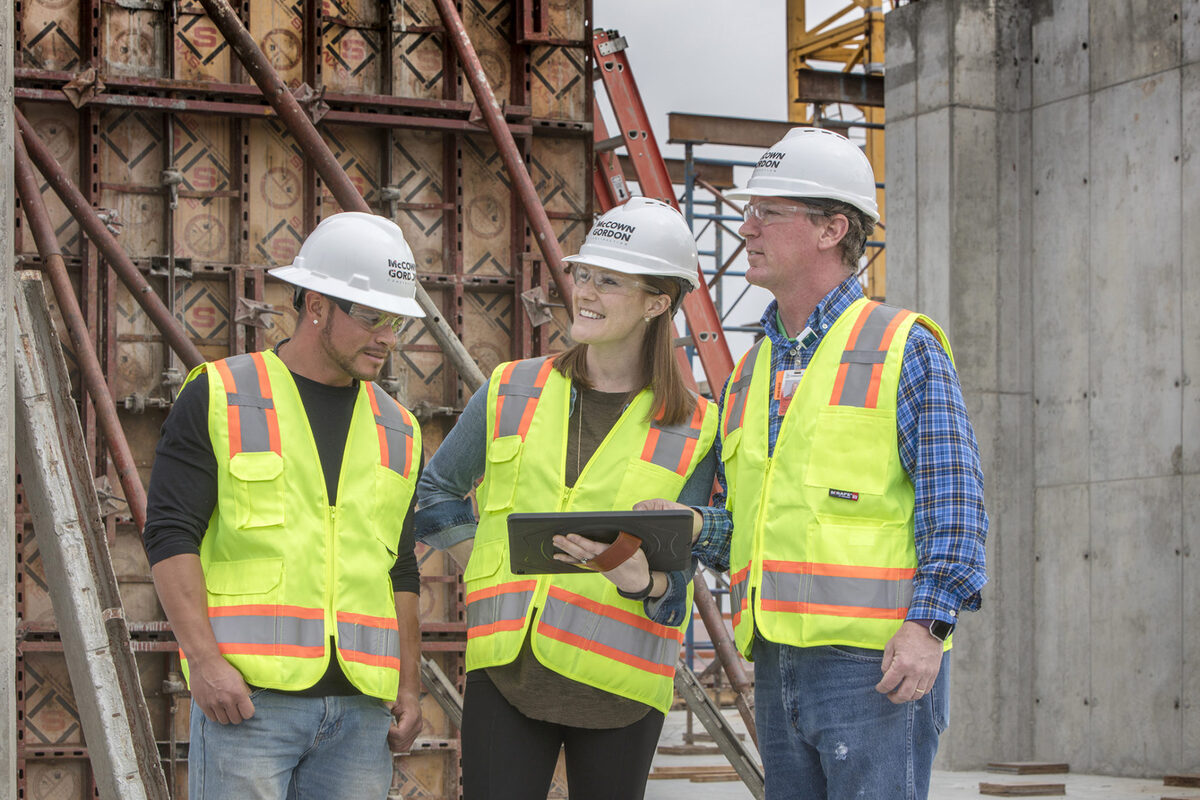
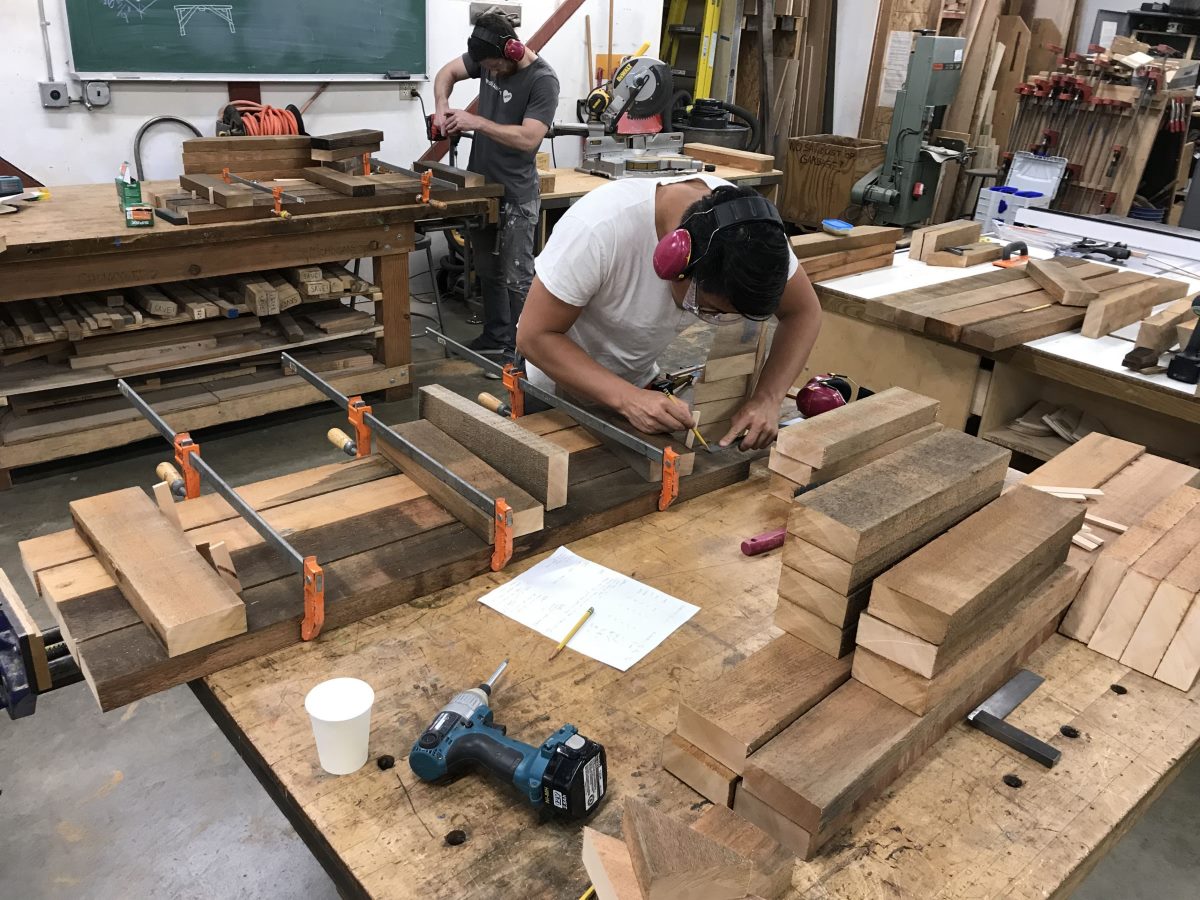

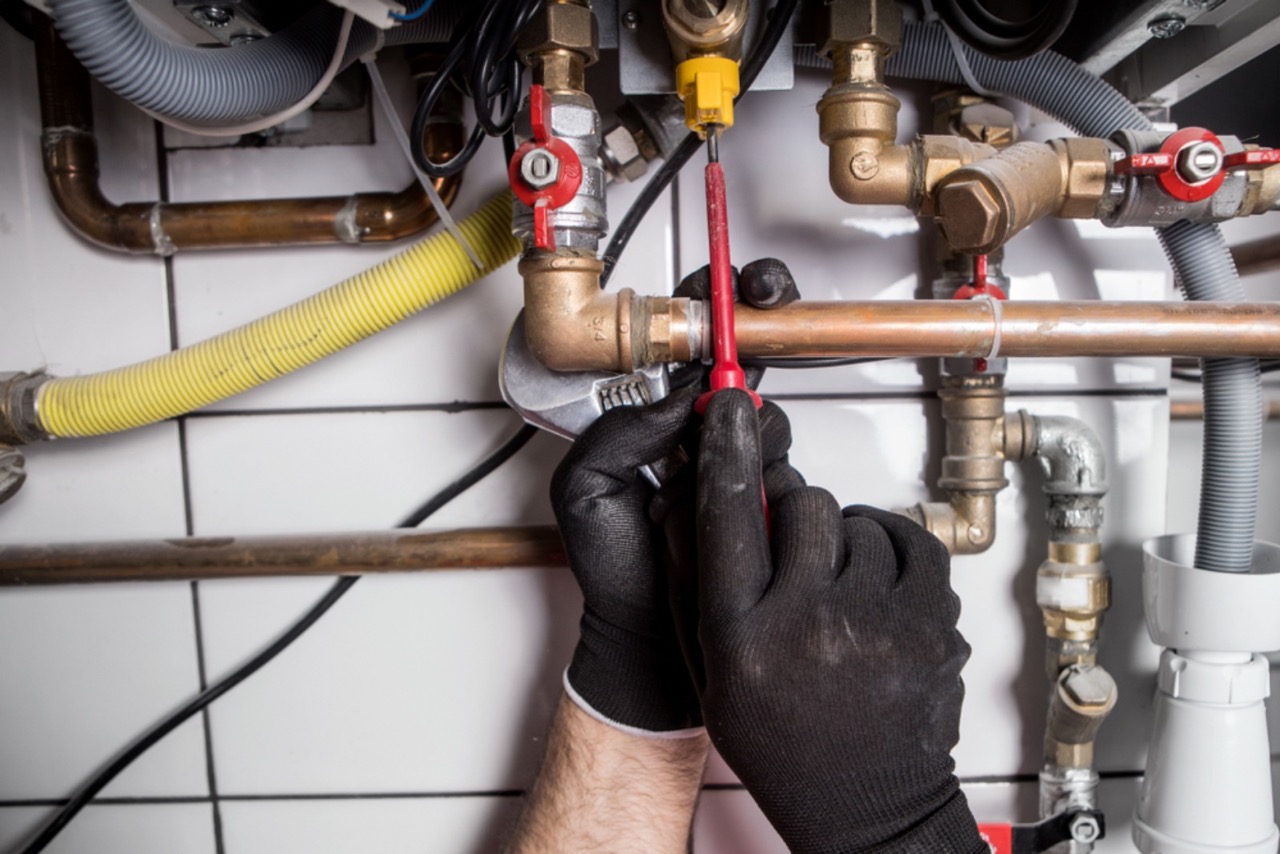

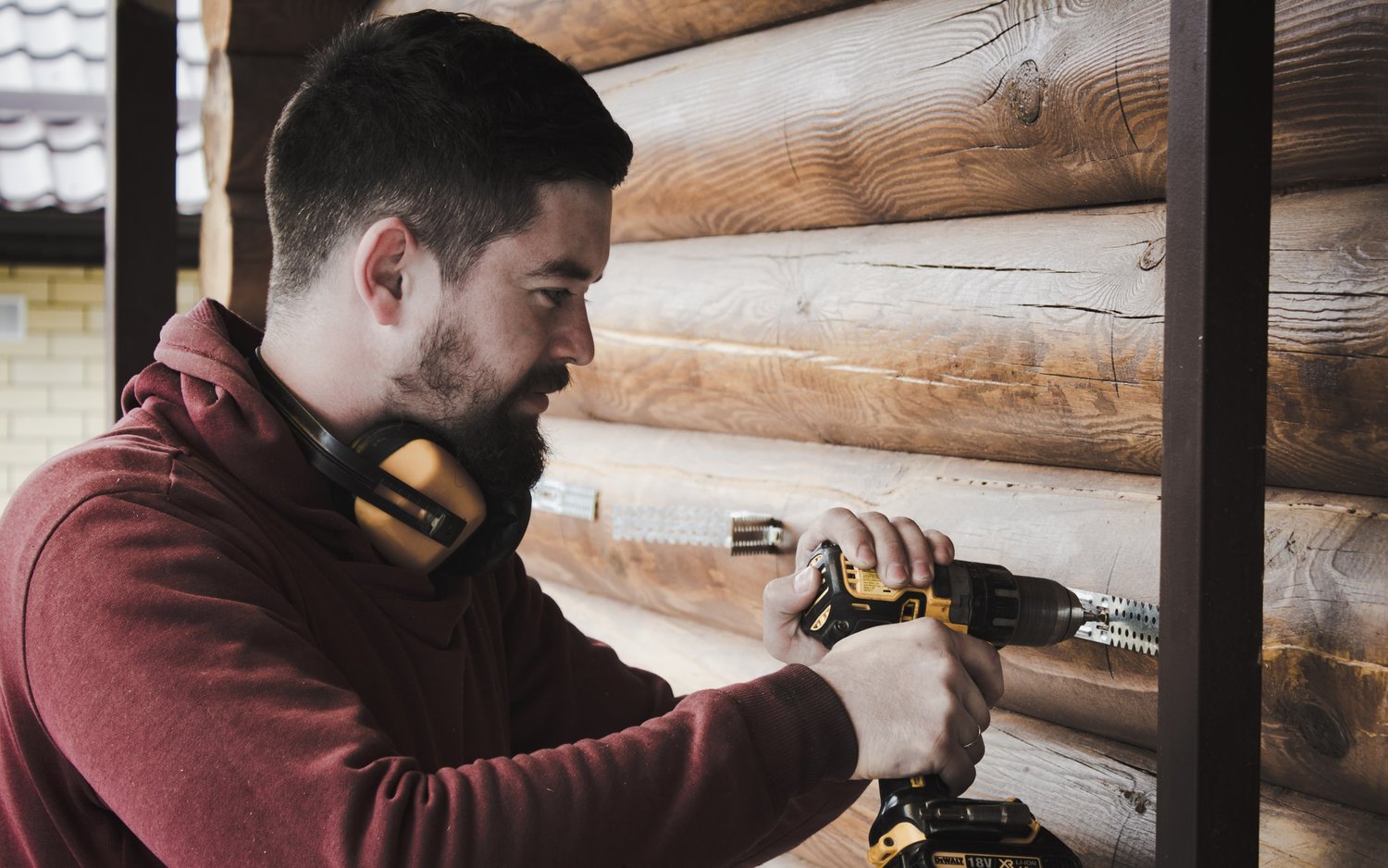
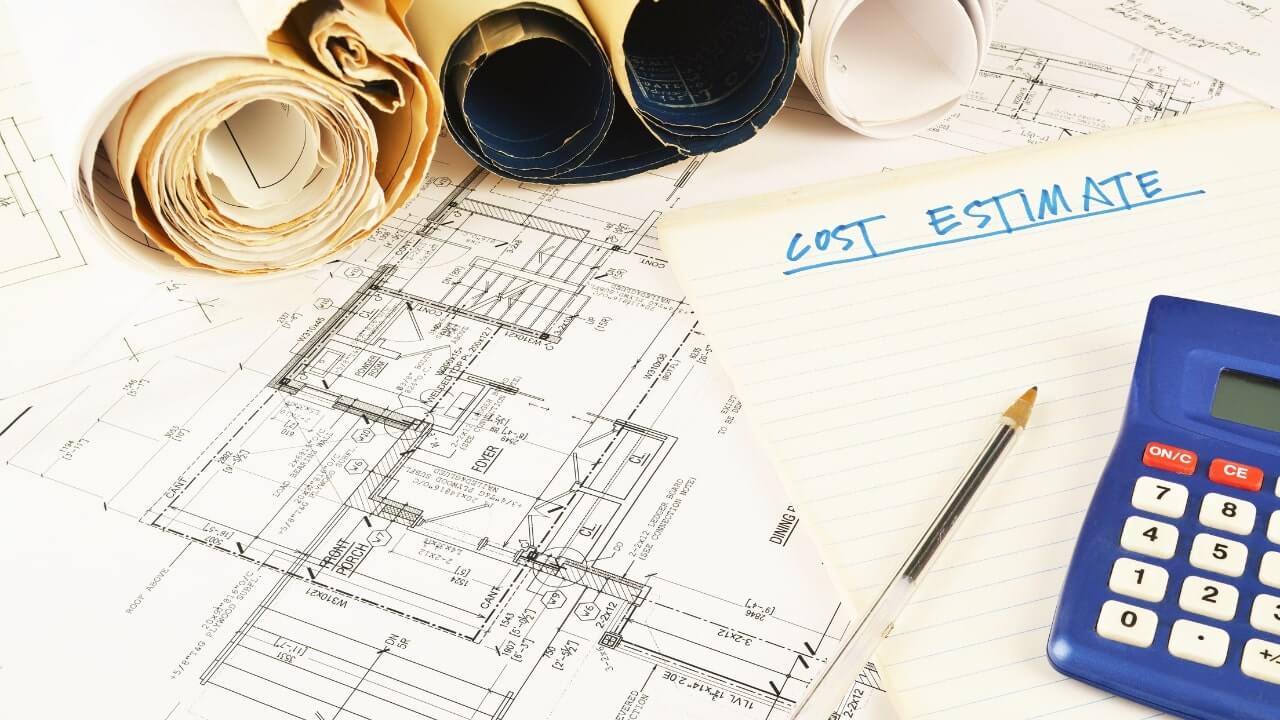

0 thoughts on “How To Estimate A Fence Job”